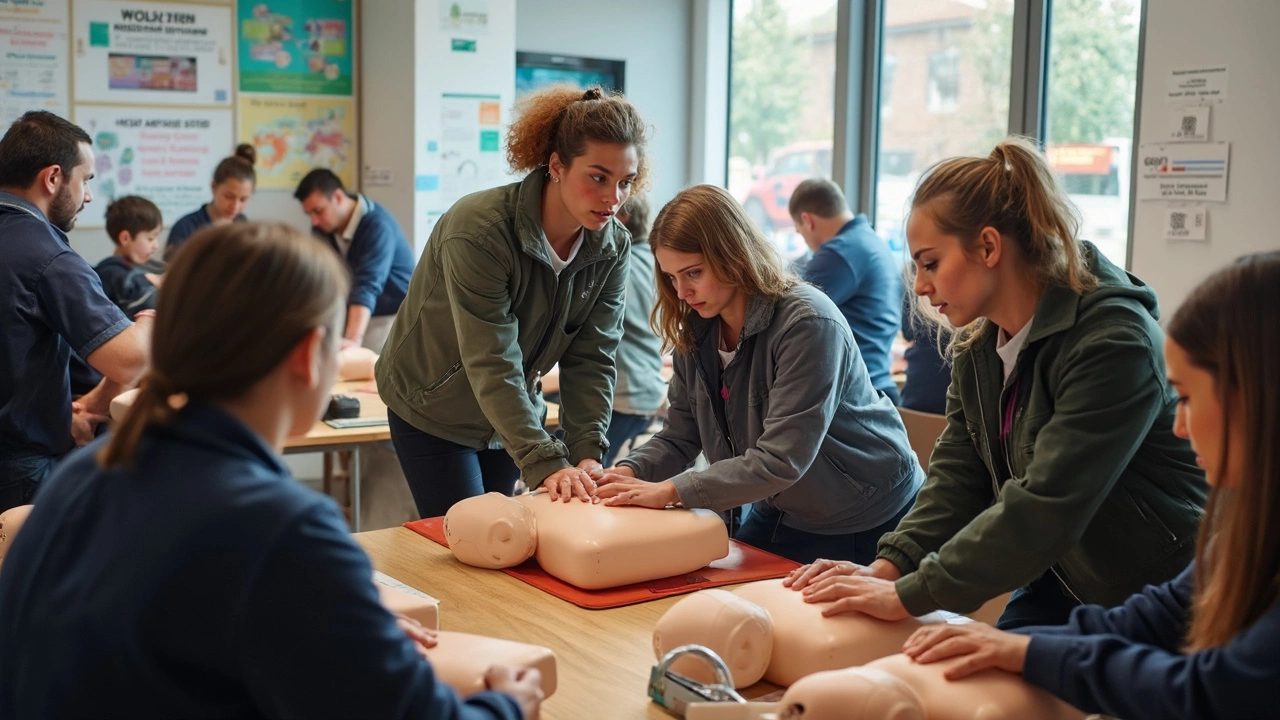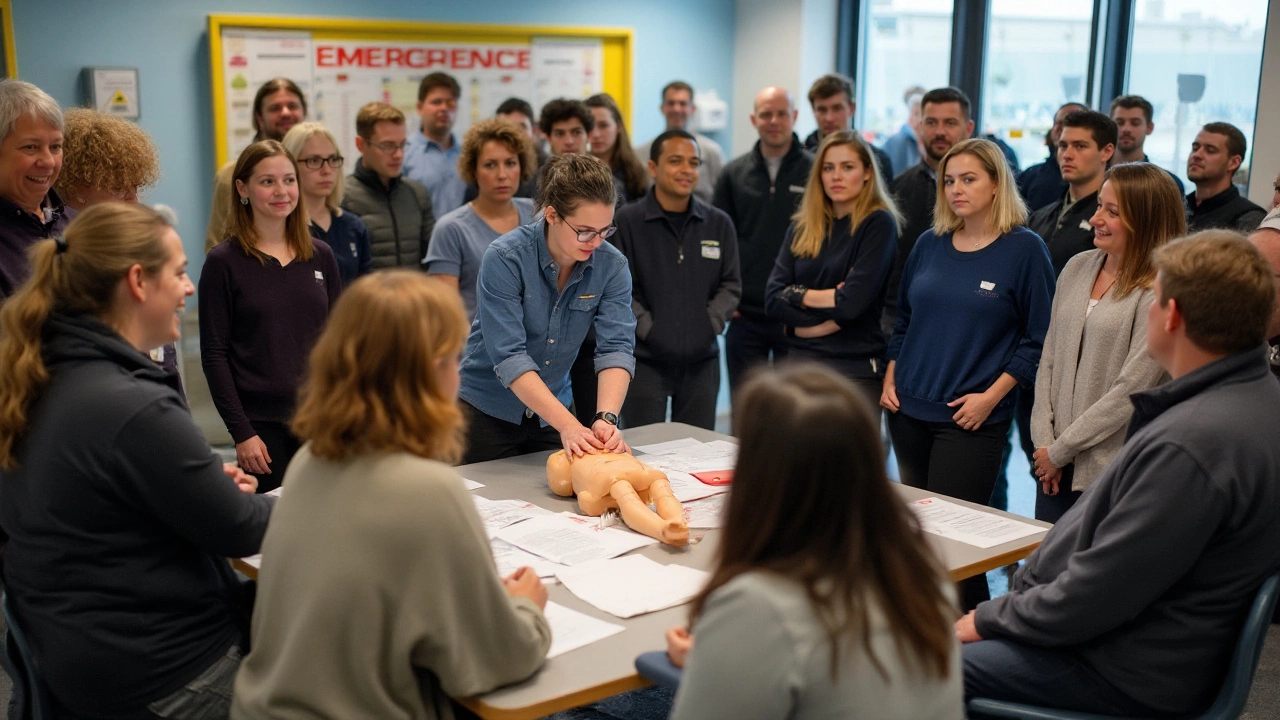Health and Safety Training – Courses, Tips & Programs
Looking to keep yourself and your coworkers safe at work? You’ve landed in the right spot. This page gathers the most useful articles on health and safety, from choosing the right degree to mastering CPR. Whether you’re a beginner or a seasoned pro, you’ll find clear steps you can take right now to raise safety standards and protect your career.
Why Health and Safety Skills Matter
Every workplace has legal rules, but the real benefit of safety training is fewer injuries and a calmer environment. When employees know how to spot a hazard, the chances of accidents drop dramatically. That also means lower insurance costs and a better reputation for the business. For the individual, having safety credentials – like an OSHA or SAFe certification – opens doors to higher‑paying roles and shows employers you take responsibility seriously.
Top Resources to Get You Started
If you’re wondering which qualification will give you the biggest boost, start with the guide on the best degrees for a safety career. It breaks down options in occupational health, environmental safety, and safety management so you can match your interests to the job market.
Need a quick win? Our piece on basic safety training explains the core topics you should master – hazard identification, emergency procedures, and reporting protocols. Pair that with the article on the Three E’s of a safety program (Engage, Educate, Enforce) to turn knowledge into a strong safety culture.
OSHA courses are a staple for anyone serious about compliance. The “Top OSHA Courses for Health and Safety Mastery” article walks you through general industry, construction, and specialized modules, helping you pick the one that fits your role. If you’re new to the safety field, the guide on beginner‑friendly SAFe certifications shows how to start without feeling overwhelmed.
First aid skills are a must, and knowing whether CPR counts as first aid can clear up a lot of confusion. The CPR article explains the essential steps, why it matters in emergency response, and how it fits into broader first‑aid training. For a deeper dive, the comparison of BLS versus basic first aid highlights the extra life‑saving techniques you gain with a BLS certification.
Finally, don’t overlook the practical side of training – like who should pay for OSHA sessions. The compensation article details legal obligations and the benefits of investing in safety education for both employees and employers.
Pick the article that matches your current need, read the tips, and start applying what you learn today. A safer workplace begins with one informed decision, and you now have the roadmap to make it happen.















